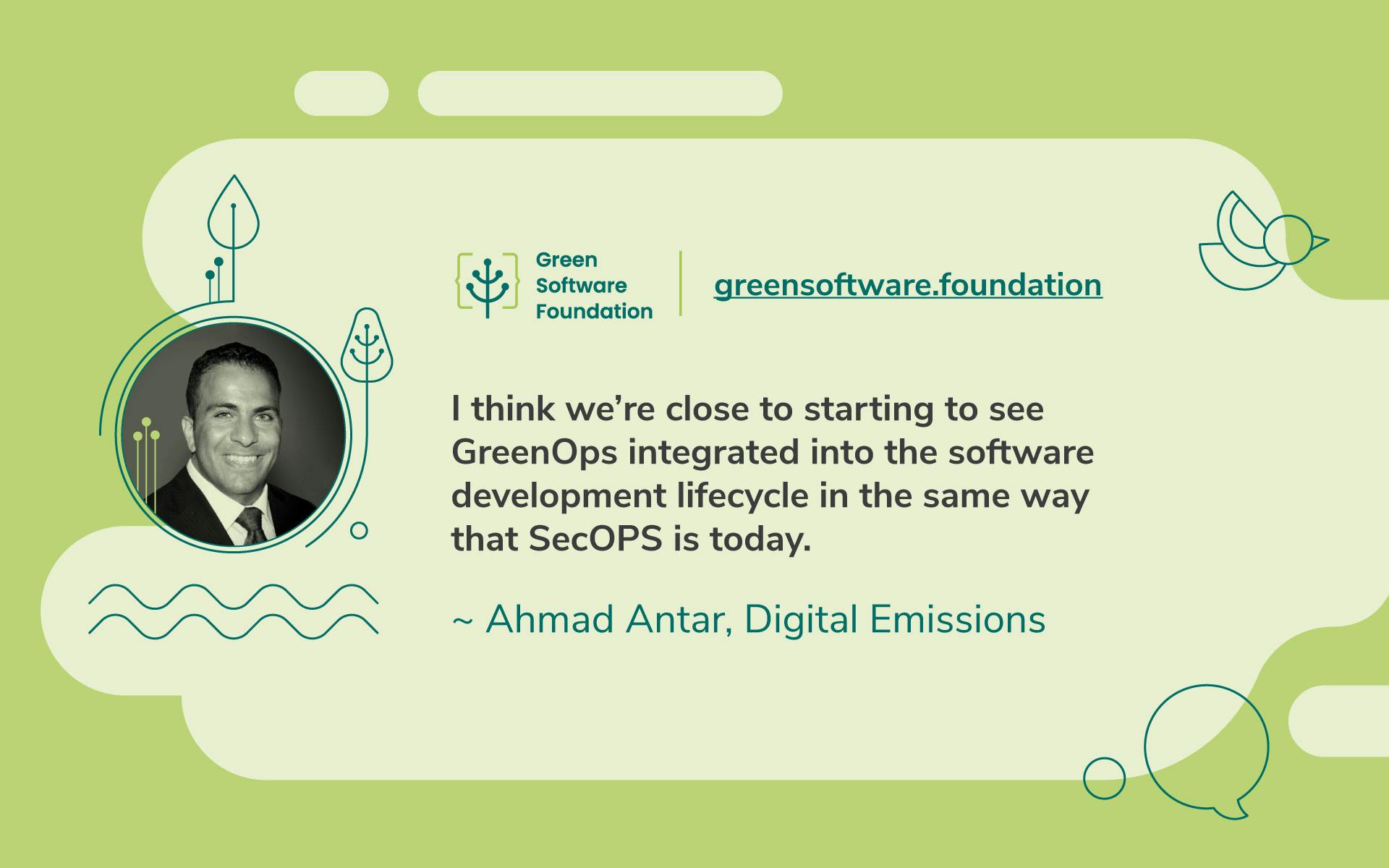Ahmad is the founder and executive director of Digital Emissions, a non-profit committed to creating a sustainable digital future. The company, born during the pandemic's digital acceleration, is driven by a talented and passionate team.
What is Digital Emissions about?
We continually strive to raise awareness about the environmental impact of our digital actions, encompassing lifestyle, business decisions, and technology choices. Knowledge is power, and the more we delve into how our choices impact our environment, the more control we have to steer changes that minimize the negatives.
For example, the DCF Lifestyle calculator provides an overview of the environmental footprint of daily digital interactions with common apps on productivity, social media, entertainment, and crypto. This data offers users results that can help them make effective decisions about their digital lifestyle. For instance, armed with impact data, users can more proactively choose to opt for eco-friendly apps, modify application and device settings to minimize energy consumption, and reduce time spent on high-footprint applications.
The concept of digital carbon footprint modeling started at a Harvard Extension classroom where I teach Sustainable IT. The topic has garnered significant interest, so it made sense to pursue it further through a nonprofit tech startup, and here we are today.
How do you see sustainability in IT?
Sustainability hinges on optimizing various resources—financial, natural, and computational. Applying this efficiency mindset to software engineering makes perfect sense. It’s all about doing more with less. Enhancing software efficiency aligns with sustainability goals and will cut costs and boost performance, offering businesses a clear advantage.
How does your organization fit in?
Digital Emissions works at the intersection of digitalization and sustainability. Therefore, sustainability is at the core of our modus operandi. I’ve been in the IT industry for almost 20 years now, so I can remember the time when software security used to be considered an afterthought. Well, this is where sustainable IT is today.
We strive to change that by shedding light on the impact of unchecked digital technologies, and by advocating for sustainable IT practices. I think we’re close to starting to see GreenOps integrated into the software development lifecycle (SDLC) in the same way that SecOPS is today. More work is needed, but we’re getting there.
Why did you join GSF?
Forging partnerships to mitigate the impacts of an ever-growing digital world is key to advancing green software. Given its grassroots approach, I can’t think of a better place to collaborate on sustainable IT than the Green Software Foundation. There are a myriad of synergies we can harness when it comes to the work of both organizations.
We are excited to be part of the vibrant community of green IT practitioners at GSF. It’s promising to see the diversity of initiatives underway. We are eager to leverage the resources from both organizations to contribute further to the journey of green software.
Any other interesting initiatives you are working on?
One of the exciting projects we’re working on is developing an environmental footprint model that assesses the carbon, water, and land usage of various cryptocurrencies. As you may know, crypto mining is notoriously known for its controversial environmental impact due to its excessive use of electricity. We hope the new tool sheds light on the environmental impact of a whole gamut of cryptocurrencies that are out there.
What’s on the horizon for green software?
Undoubtedly, digital technology has enhanced our lives in many ways. However, the rapid proliferation of digitalization has far-reaching negative impacts on the environment and society.
Which question should we focus on? Is it: will such technology, through its various facets (e.g., software, hardware, data, and networks), become an exacerbating factor in the planetary crisis, or will technology be catalytic in helping solve climate change? I like to think of the latter. Sustainable IT, including green software, is part of the solution, not the problem.
How do we overcome the challenges of green software?
The adoption of green software principles needs to increase to unlock its real value. More CxOs need to prioritize sustainable IT as part of their annual strategy. Sustainable IT should not be limited only to big tech. Providing the tooling for IT carbon awareness, upskilling talent on best practices, and empowering engineers to design and develop greener code are all examples of alleviating the current challenges.
For example, we have a program for all joining fellows to get green software training, including earning the Green Software Practitioner LFC131 certificate. From my point of view, we still have a lot of ground to cover in that area.

This article is licenced under Creative Commons (CC BY 4.0)
